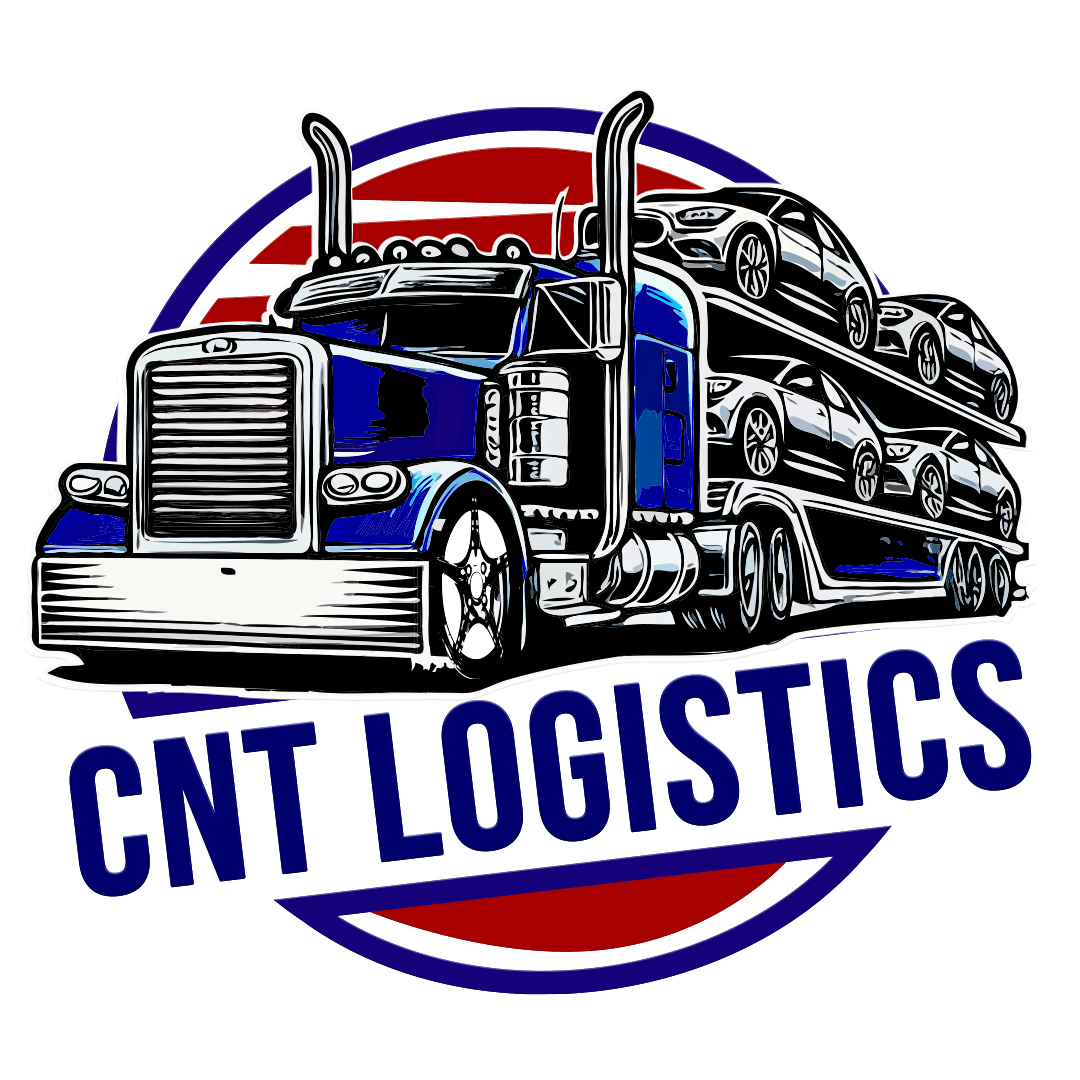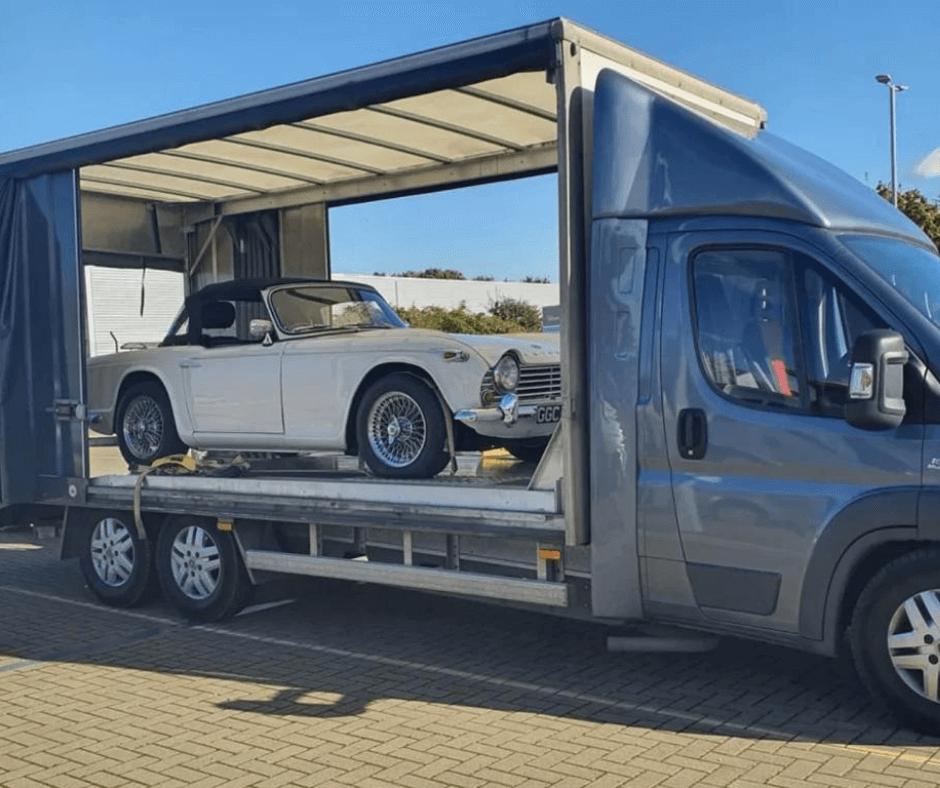The Ultimate Guide to Classic Car Transport: How to Move Your Old Vehicle Safely and Hassle-Free
The Ultimate Guide to Classic Car Transport: How to Move Your Old Vehicle Safely and Hassle-Free
The Ultimate Guide to Classic Car Transport: How to Move Your Old Vehicle Safely and Hassle-Free | Classic cars are more than just vehicles; They are a piece of history, a symbol of craftsmanship and a source of pride for their owners. Whether you’ve recently purchased a vintage beauty, are moving to a new location, or need to transport your classic car to a special event, ensuring its safety during transit is paramount. In this comprehensive guide, we’ll walk you through the steps and considerations to safely and smoothly transport your prized classic car.
1. Classic car transportation planning
Assessment of your needs
Before starting the process of transporting your classic car, it is essential to assess your needs. Consider the transport distance, your budget and any specific requirements you may have. Are you moving your classic car across the country or need it transported locally? Understanding your needs will help you choose the right transportation method and provider.
Choose a transportation method
Classic cars can be transported using various methods, including open transport, enclosed transport, and even DIY methods such as driving the car yourself or using a dolly. The choice depends largely on your budget and the level of protection you want for your vehicle. Enclosed transport offers the highest level of protection from the elements, making it the preferred choice for classic car owners.
Set a budget
Classic car shipping costs can vary significantly depending on factors such as distance, method of transportation, and the value of your vehicle. It is essential to set a realistic budget for your transportation needs and obtain quotes from reputable transportation companies to ensure your budget aligns with actual costs.
2. Preparing your classic car for transportation
Documentation and Insurance
Before handing over your classic car for transportation, make sure you have all the necessary documentation, including the vehicle title, registration, and insurance information. Notify your insurance company of upcoming transportation to confirm coverage during transit.
Pre-transport inspection
Perform a thorough inspection of your classic car, documenting any existing damage or imperfections. Take clear photographs from various angles, which will serve as a reference in case of any dispute about the condition of the car after transportation.
Fuel and fluid levels
It is generally recommended to keep the fuel tank at approximately one-quarter capacity to reduce vehicle weight and minimize the risk of leaks during transit. Also, check the levels of other fluids, including engine oil, transmission fluid, and coolant, making sure they are at proper levels.
Electrical and battery considerations
To prevent the battery from draining during transportation, unplug the battery or use a battery maintainer to keep it charged. This will also help prevent accidental shocks to your classic car’s electrical systems.
Secure loose parts
Remove any loose parts or accessories from your classic car, such as removable hubcaps, antennas, or spoilers. Secure them properly to prevent loss or damage during transportation.
3. Select a reliable classic car transport company
Research and recommendations
Look for classic car transport companies in your area or that specialize in long-distance transport. Recommendations from other classic car enthusiasts, car clubs, or online forums where people share their experiences.
Licenses and insurance
Make sure the shipping company you choose is properly licensed and insured. This includes checking their registration with the Department of Transportation (DOT) and checking to see if they have cargo insurance that specifically covers classic cars.
Reviews and testimonials
Read online reviews and testimonials from previous customers to evaluate the shipping company’s reputation and reliability. Positive reviews and a history of safe deliveries are good indicators of a reputable carrier.
Request quotes
Contact several classic car transport companies and request detailed quotes. Be sure to provide accurate information about your vehicle and transportation requirements to receive accurate quotes. Compare quotes along with services offered to make an informed decision.
4. Preparing your classic car for charging
Cleaning and Detailing
Give your classic car a thorough cleaning and detailing before transportation. This not only ensures that it looks its best upon arrival, but also allows for better inspection of its condition.
Deactivation of alarms and security systems
Disable any alarm systems or security features on your classic car to prevent them from being accidentally activated during transport. Provide the carrier with the necessary instructions to reactivate them upon delivery.
Delete personal items
Remove all personal items from your classic car, including documents, valuables, and sentimental items. Shipping companies typically do not cover personal effects in case of loss or damage.
Secure loose parts
Double-check that all loose parts are secured and that any removable items, such as convertible tops or T-tops, are properly attached. This prevents damage or loss during loading and transportation.
5. Load and Insure Your Classic Car
Choose a closed or open transport
For maximum protection during transportation, consider using an enclosed trailer. Enclosed transportation provides a barrier against weather, road debris, and potential theft, making it the ideal choice for classic cars. However, if you opt for open transport, make sure your classic car is securely secured and covered.
Proper loading techniques
Experienced transporters know how to load classic cars with care. They use specialized equipment such as ramps and liftgates to ensure a smooth loading process without causing any damage to the vehicle’s undercarriage or body.
Use of wheel chocks and straps
The transport team should use wheel chocks to prevent your classic car from moving during transport. Additionally, the vehicle must be securely attached to the trailer or transport platform to prevent it from moving.
Cover and protect your car
Consider covering your classic car with a high-quality car cover to protect it from dust and possible minor abrasions during transit. Make sure the cover is secured to prevent it from coming loose during transport.
6. During transit
Transportation tracking
While your classic car is in transit, maintain regular communication with the transportation company for updates on the progress of the trip. This ensures that you are informed and can make the necessary arrangements for the arrival of the car.
Address unexpected delays
Sometimes, unforeseen delays may occur during transportation due to weather, road conditions, or logistical issues. Please be patient and work closely with the shipping company to address any unexpected delays and adjust your plans accordingly.
Communication with the transporter
Maintaining open and clear communication with the transportation team is essential. Please share any special instructions or concerns you may have and ask questions as necessary to ensure a smooth process.
7. Receive your classic car
Inspection upon delivery
When your classic car arrives at its destination, carry out a thorough inspection in the presence of the transport driver. Use photos and notes from your pre-transport inspection to compare the condition of the car.
Confirmation condition
Make sure your classic car is in the same condition as when you loaded it for transport. If you notice any damage or discrepancies, document it immediately and inform the shipping company.
Handling potential problems
In the rare case of damage or disputes over the condition of the car upon delivery, contact the shipping company and your insurance provider immediately. Having clear documentation and photographs from the pre-transport inspection will be crucial to resolving any issues.
8. Final tips for transporting classic cars
Document the process
Throughout the transportation process, keep records of all communications, paperwork, and photographs related to the transportation of your classic car. These documents can be invaluable in the event of any dispute or problem.
Stay Informed
Stay informed about the progress of transporting your classic car and be prepared to adjust your plans if necessary. Flexibility can help ensure a seamless experience.
Express any special instructions
If your classic car has unique requirements or needs, such as specific driving instructions or a particular delivery date, communicate these clearly with the transport company to ensure they are met.
Leave a comment
Once your classic car has arrived safely, consider leaving feedback for the shipping company. Positive feedback can help others make informed decisions and constructive criticism can help businesses improve their services.
Conclusion
Transporting a classic car requires careful planning, attention to detail, and choosing the right transport company. By following the steps outlined in this guide, you can ensure the safe and trouble-free transportation of your prized antique vehicle. Remember that protecting your classic car during transit isn’t just about moving a vehicle; It’s about preserving a part of the car’s history and the memories it holds.





